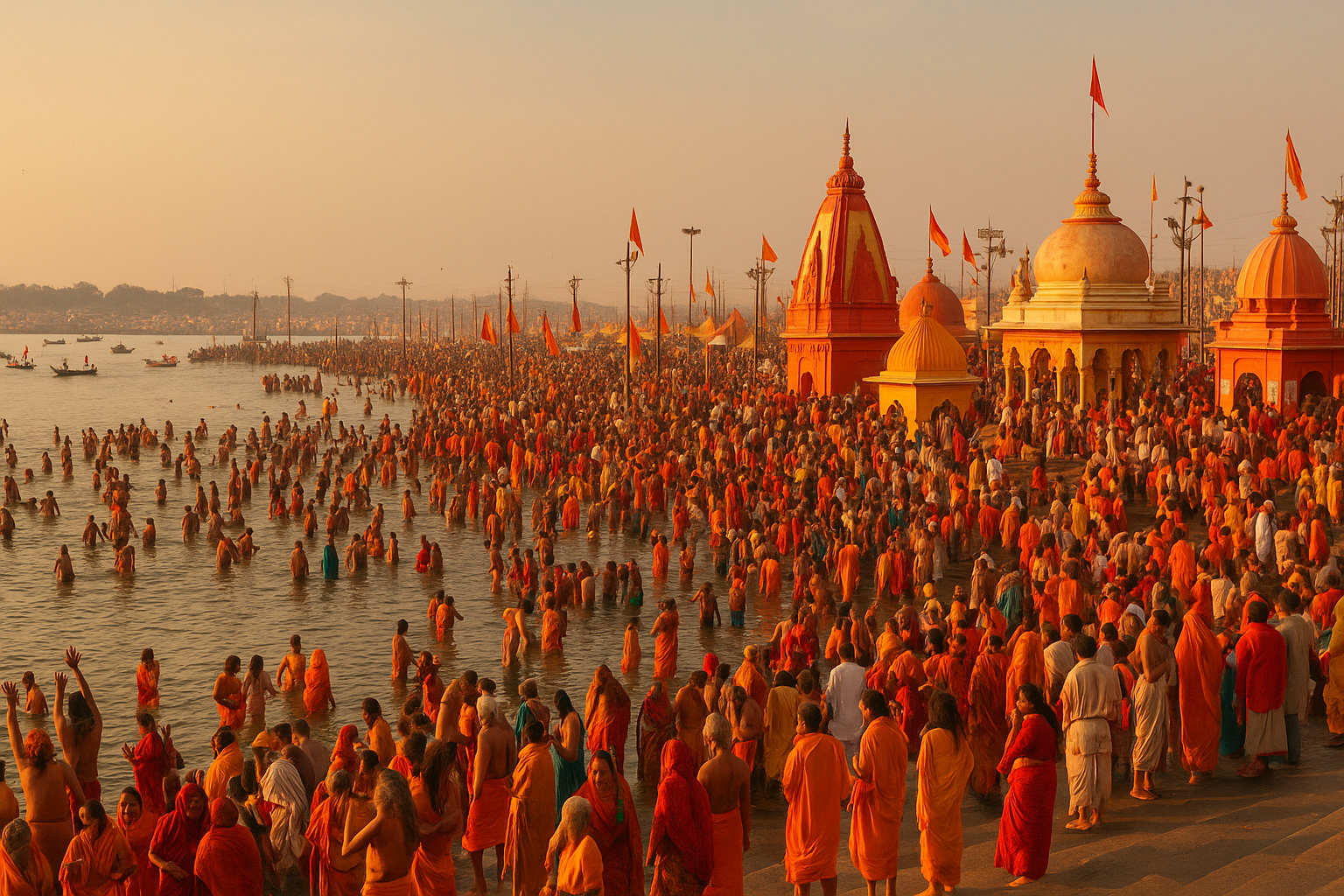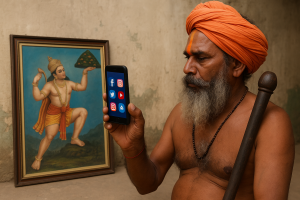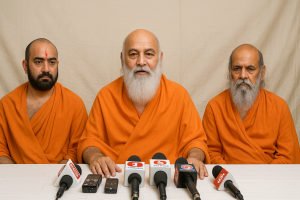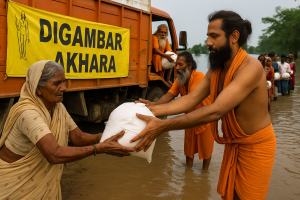Digambar Akhara at Kumbh Mela: A Sacred Spectacle of Devotion and Discipline
The Kumbh Mela, held cyclically at four sacred riverbank cities—Prayagraj, Haridwar, Ujjain, and Nashik—is the largest spiritual gathering on Earth. At its heart lies the vibrant and solemn participation of the Akhara tradition, with Digambar Akhara playing a leading and deeply revered role. Each Kumbh Mela becomes a stage where the ancient spirit of Sanatan Dharma is not just remembered—but powerfully lived and displayed.
As one of the most prominent Shaivite akharas, Digambar Akhara’s presence at the Kumbh is not merely ceremonial; it is an act of sacred continuity. Rooted in centuries of yogic tapasya and spiritual leadership, the Akhara’s sannyasis, mahamandaleshwars, and disciples gather in thousands, displaying discipline, unity, and unshakable devotion to Lord Shiva.
The highlight of Digambar Akhara’s participation is the Shahi Snan (royal bath)—a ritual plunge into the sacred river at the most auspicious planetary alignment. This moment is not only spiritually significant but also a visual and emotional peak of the Kumbh. As the Akhara’s saffron-clad ascetics march in unison with conch shells, damrus, and chants of “Har Har Mahadev,” they lead a majestic procession that embodies both inner renunciation and outer celebration.
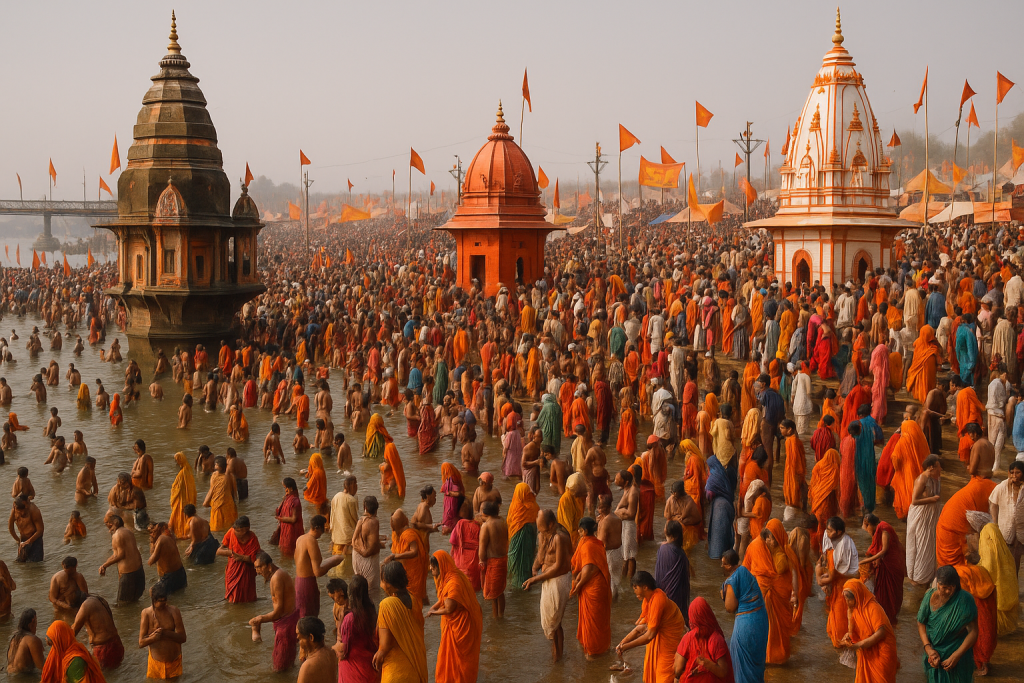
The Mahamandaleshwars ride atop elaborately decorated chariots, surrounded by ranks of Naga Sadhus and other renunciates. Their ash-smeared bodies, rudraksha malas, and piercing gazes leave a deep impression on all who witness this divine gathering. Devotees line the paths to receive darshan, blessings, and sometimes even words of wisdom from these spiritually advanced beings.
Beyond the grandeur, Digambar Akhara’s camp at the Kumbh becomes a vibrant center of spiritual activity. Discourses on Vedanta and Shiva Tattva, daily aartis, havans, meditation sessions, and charitable food distribution (bhandara) attract pilgrims from across India and the world. The Akhara uses this sacred time to engage in both sadhana and seva, deepening the collective spiritual energy of the event.
Participation in the Kumbh Mela also reinforces the akhara’s role as a guardian of dharma. It showcases its continuity through the guru-shishya lineage, its ability to unite renunciates under a common spiritual vision, and its relevance in guiding modern seekers toward inner peace and self-realization.
In an age of fleeting trends, the enduring presence of Digambar Akhara at Kumbh Mela is a powerful reminder of India’s eternal spiritual heritage. It is not just a ritual—it is a sacred reaffirmation of life’s highest purpose: union with the divine.
May the Akhara’s presence continue to illuminate this grand celebration for generations to come.

